Get to know——Introduction to common sense and specifications of textile fabrics
Common sense of textile fabrics and identification of conventional fabrics Textile fabrics are a professional subject. It is necessary to understand the advantages and disadvantages of these fabrics and the applicable styles.
Fabric is the general term for any woven material used to make clothing and other items. It can be made from a variety of natural fibers such as cotton, silk, linen, and wool, as well as man-made materials such as polyester, rayon, and nylon. Depending on the fibers used, fabrics can be light, heavy, or somewhere in between.
There are many kinds of fabrics, each with its characteristics and uses. Common fabric varieties include:
Cotton: Cotton is a soft, breathable, and durable natural fiber with a soft luster and soft touch, absorbs sweat and dissipates heat, and is very suitable for summer and winter wear. It's also easy to maintain and comes in a variety of weights, from light to heavy.
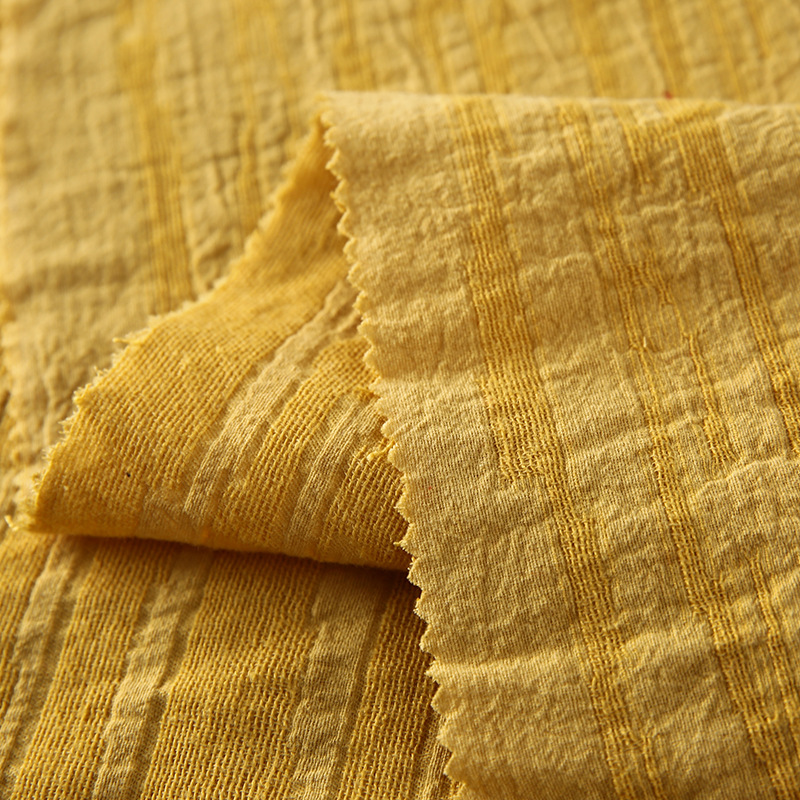
Linen: Linen is a lightweight, breathable fabric made from the fibers of the flax plant. It is durable, cool to the touch, has good heat dissipation, cool and smooth, flat and flat, easy to wash and dye, and very suitable for clothes in hot weather.
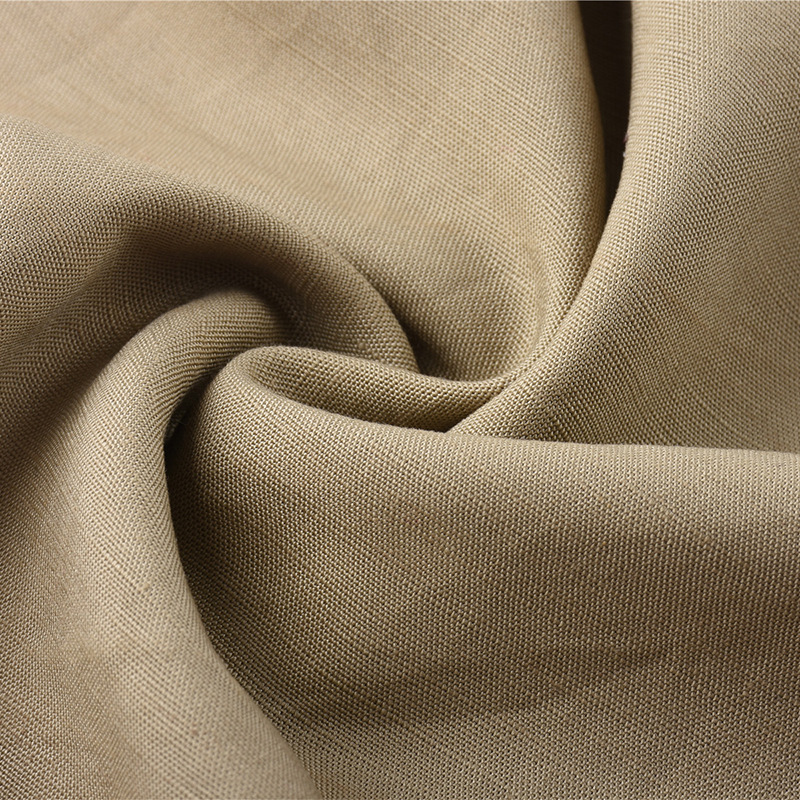
Silk: Silk is a luxurious fabric made from cocoons of silkworms. It's light and breathable, but it's also expensive and fragile to maintain.
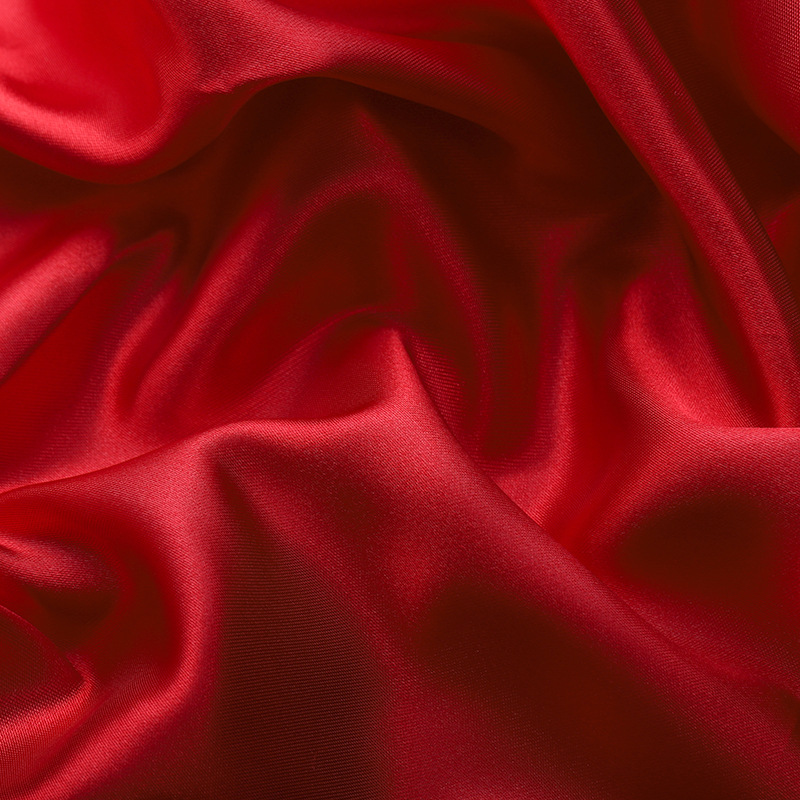
Wool: Wool is a heavy, insulating fabric made from sheep fur. It's perfect for winter and comes in a variety of weights.
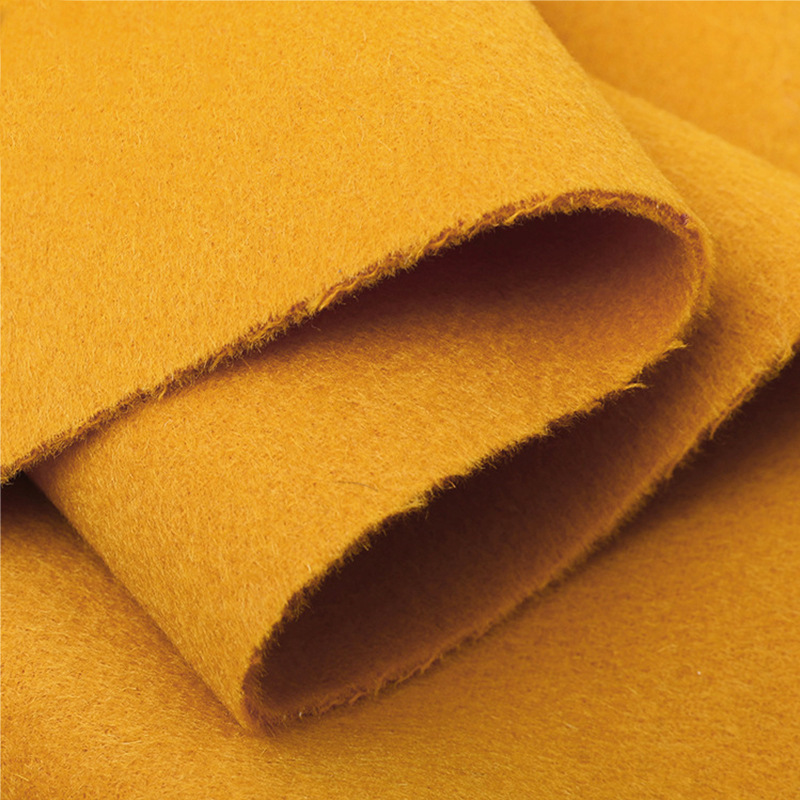
Polyester: Polyester is a lightweight, durable, and wrinkle-resistant man-made fabric. It is often blended with natural fibers to make a variety of fabrics.
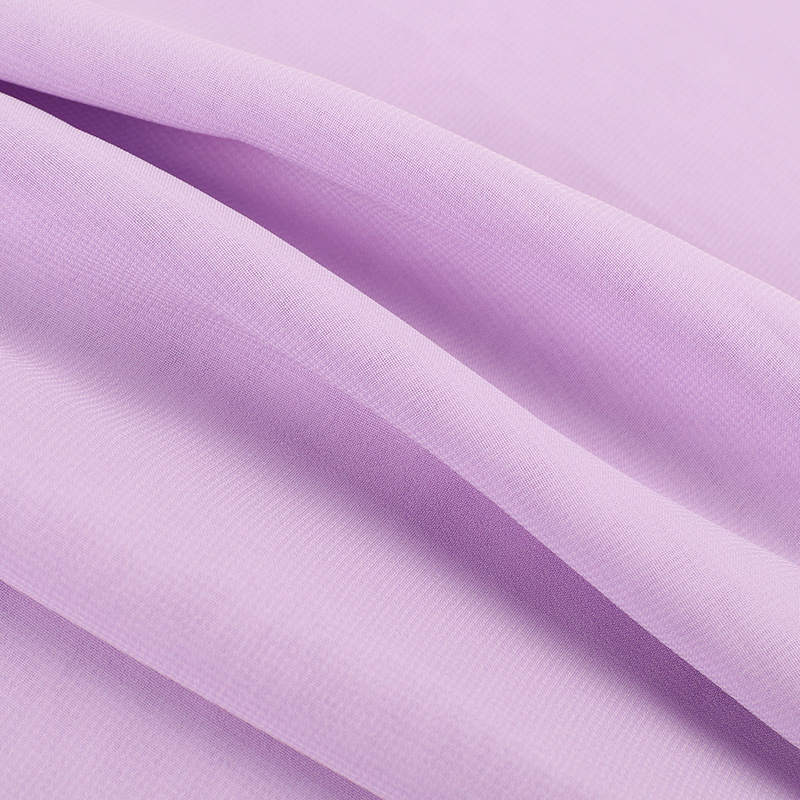
Rayon: Rayon is a man-made fiber that is lightweight, breathable, and wrinkle-resistant. It is often blended with other fibers to make various fabrics.
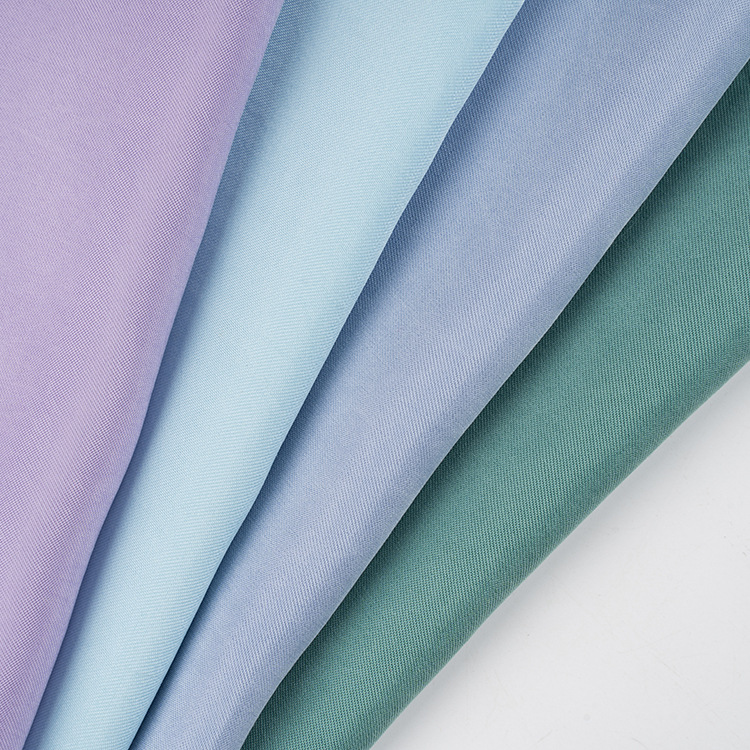
Nylon: Nylon is a lightweight, durable, and wrinkle-resistant man-made fabric that is often blended with other fibers to create a variety of fabrics.
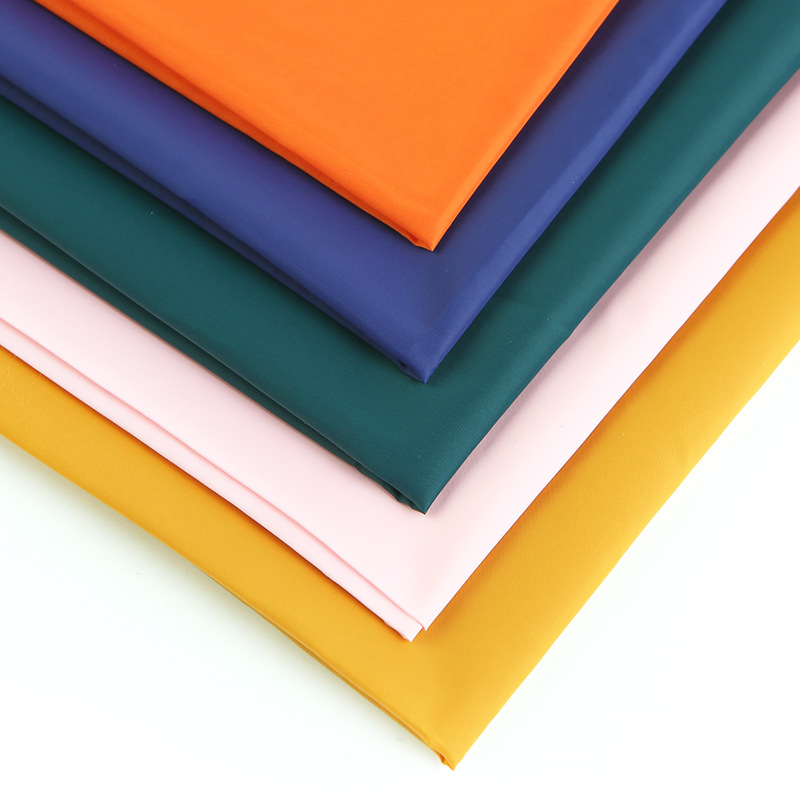
Each fabric variety comes in a variety of different types and weights, from light to heavy. This can make it difficult to determine the correct structure for your project. To make things easier, the American Association of Textile Chemists and Colorists (AATCC) has developed a fabric weight specification system. This system assigns weight (measured in ounces) to each inch of fabric. The higher the weight, the heavier the fabric. The system makes it easy to compare fabrics and choose the right one for a project.
